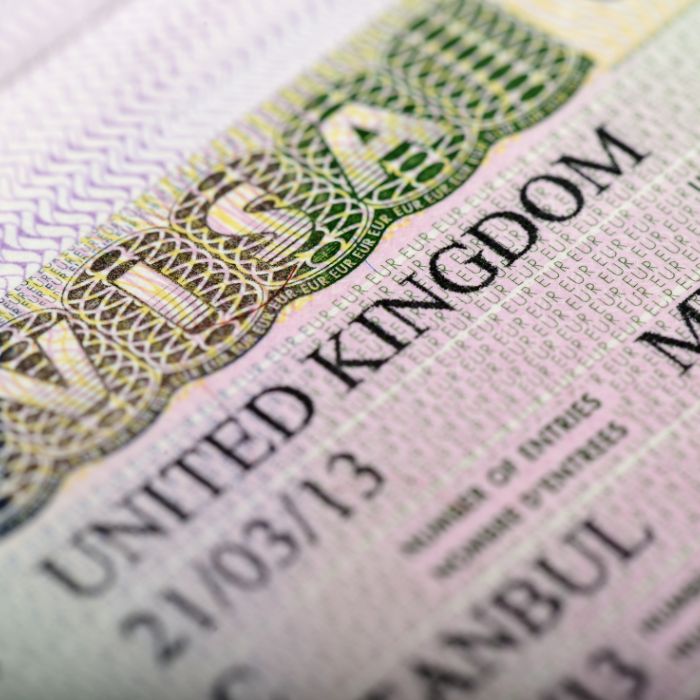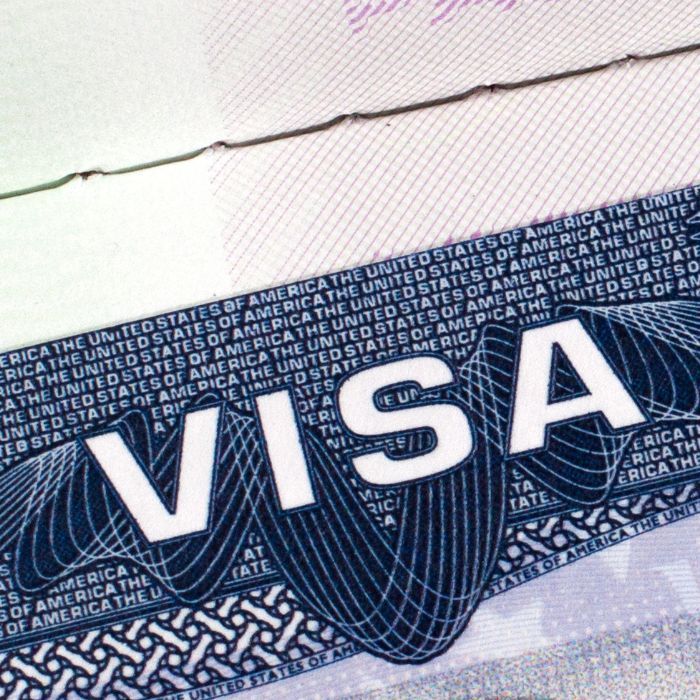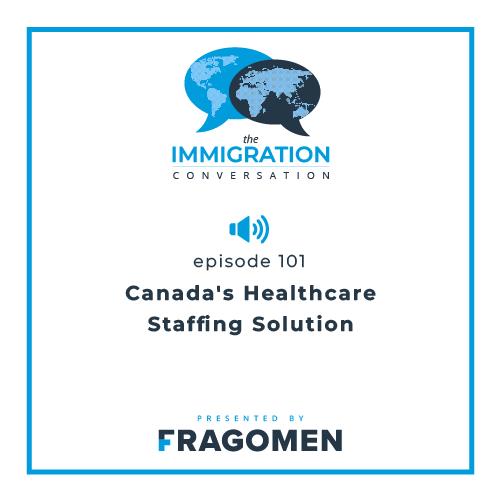
Country / Territory
Related contacts
Related offices
Related contacts
Related offices
Related contacts
Related offices
By: Stephen McCrea
A variety of changes have occurred in Ireland during the course of the country’s recent history. For example, in the late 1980s, Ireland was a vastly different place: Jack Charlton had had barely two years to improve the fortunes of the national soccer team, the country had barely recovered from the disaster of ‘Guinness Light’ ten years before, and perhaps most importantly – we were still six years away from Father Ted.
However, also striking about that period was the rampant unemployment – 15% of the working population, and one in five young people, were out of work. Unsurprisingly, emigration far surpassed immigration, with young Irish people leaving the country, starting their own journeys in the United States, Australia and Canada. Since then, Ireland has seen fierce economic growth – the ‘Celtic Tiger’ that saw employment and skilled labour soar in the country. With that has come prosperity and the opportunity to welcome new members of the Irish family.
As 1,500 new Irish citizens make their declarations of loyalty at ceremonies in Dublin this St. Patrick’s Day season, it is an exciting time to take stock of the impressive number of people have who have chosen to join the Irish family. Between 2011 and 2022, 155,000 people have become Irish citizens through naturalisation – the route used by those who have lived in Ireland for the required period. Amazingly, these new citizens hailed from 180 different countries. Huge citizenship ceremonies—true celebrations of peoples’ Irish identity—are now the norm and seek to laud those who have chosen to make this new Ireland their home.
The path to naturalisation
However, the road to this celebratory point is not always easy. As practitioners, we have the privilege to advise and support people from all backgrounds wishing to become Irish citizens. Their journeys are unique.
Some are skilled workers who immigrated to join one of the many technology companies that have chosen Ireland as home – offering services and products that were unimaginable anywhere, let alone Ireland, in the country’s recent past. Others are the loving spouses and family members who followed them. Others still are European neighbours who sought to share the growth and boom of the ‘Celtic Tiger,’ moving to Ireland as the EU expanded. And there are those who made often perilous journeys to seek the protection that our prosperity has enabled us to offer them. Each of these varied journeys end in an application for naturalisation – a long and often complicated process.
It is helpful for applicants to understand at the outset that naturalisation is a privilege granted by the Minister for Justice. Generally, one must have lived in Ireland for five years (sometimes shorter in the case of spouses of Irish citizens) and be of good character. In practice, demonstrating these requirements can be difficult. Whether it is a foreign national without a birth certificate who needs to find alternative documents, or a busy skilled worker who spends a lot of time travelling and may not meet the ‘continuous residence’ requirement – strategies are often needed to ensure there are no gaps in applications. Given that it could be up to two years before an application is considered, it is vital that applicants put their best foot forward, seeking advice early on in the process.
This St. Patrick’s Day, we are grateful for the warmth and friendliness that are hallmarks of the Irish identity in an otherwise sometimes uncertain world. Though what it means to be Irish continues to evolve, the art of conversation and storytelling are embedded in our rich culture, welcoming those to share their unique paths to naturalisation. As the country continues to embrace change and diversity, those whose citizenship journeys are just beginning may have a great deal to look forward to.
Need to know more?
For further information on Irish citizenship requirements, please contact Senior Immigration Manager Stephen McCrea at [email protected] or our Dublin team at [email protected].
This blog was published on 14 March 2023, and due to the circumstances, there are frequent changes. To keep up to date with all the latest updates on global immigration, please visit our dedicated COVID-19 site, subscribe to our alerts and follow us on LinkedIn, Twitter, Facebook and Instagram.
Country / Territory
Related contacts
Related offices
Related contacts
Related offices
Related contacts
Related offices
Explore more at Fragomen

Blog post
The UK expands its High Potential Individual (HPI) visa for 2025, broadening eligibility for global graduates and entrepreneurs while introducing new requirements and application caps

Video
The latest Mobility Minute features Manager Alex Hood discussing recent updates to the UK’s High Potential Individual route, including expanded university eligibility, a new annual cap and modernized governance measures.

Media mentions
Managing Partner for the Middle East and Africa Murtaza Khan discusses how the UAE’s flexible migration policies attract talent and support a competitive labour market.

Media mentions
Senior Counsel Mitch Wexler notes that the US expansion of social-media screening to H-1B and H-4 visa applicants will involve a more detailed review of their online activity.

Media mentions
Partner Edward Raleigh highlights the need for companies to prepare for increased H-1B enforcement and ensure compliance with US worker requirements.

Video
In this Mobility Minute, Associate Rebeca Lafond outlines key considerations for international travel to the United States during the holiday season, including documentation requirements, visa processing expectations and enhanced screening on entry.

Media mentions
Partner K. Edward Raleigh explains that the Department of Labor’s Project Firewall expands H-1B oversight beyond individual complaints and increases the scope of employer compliance reviews.

Media mentions
UK Government Affairs Strategy Director Shuyeb Muquit examines how proposed settlement reforms could reshape the path to UK residency by extending qualifying periods and linking eligibility to individual contribution.

Podcast
Partner Cosmina Morariu and Business Immigration Manager Ayana Ibrahimi discuss critical immigration strategies underpinning healthcare-sector staffing in Canada, unpacking how recent policy, mobility and compliance developments are affecting employers and global talent pipelines.

Awards
Fragomen named Private Client Team of the Year at The British Legal Awards 2025, recognising the strength of our UK Private Client practice.

Media mentions
Partner Daniel Brown highlights rising deceptive practices in immigration and emphasizes stronger verification and compliance measures for employers.

Media mentions
Senior Manager Louise Senior highlights how proposed UK reforms could expand right to work checks across hospitality and reshape compliance for businesses.

Blog post
The UK expands its High Potential Individual (HPI) visa for 2025, broadening eligibility for global graduates and entrepreneurs while introducing new requirements and application caps

Video
The latest Mobility Minute features Manager Alex Hood discussing recent updates to the UK’s High Potential Individual route, including expanded university eligibility, a new annual cap and modernized governance measures.

Media mentions
Managing Partner for the Middle East and Africa Murtaza Khan discusses how the UAE’s flexible migration policies attract talent and support a competitive labour market.

Media mentions
Senior Counsel Mitch Wexler notes that the US expansion of social-media screening to H-1B and H-4 visa applicants will involve a more detailed review of their online activity.

Media mentions
Partner Edward Raleigh highlights the need for companies to prepare for increased H-1B enforcement and ensure compliance with US worker requirements.

Video
In this Mobility Minute, Associate Rebeca Lafond outlines key considerations for international travel to the United States during the holiday season, including documentation requirements, visa processing expectations and enhanced screening on entry.

Media mentions
Partner K. Edward Raleigh explains that the Department of Labor’s Project Firewall expands H-1B oversight beyond individual complaints and increases the scope of employer compliance reviews.

Media mentions
UK Government Affairs Strategy Director Shuyeb Muquit examines how proposed settlement reforms could reshape the path to UK residency by extending qualifying periods and linking eligibility to individual contribution.

Podcast
Partner Cosmina Morariu and Business Immigration Manager Ayana Ibrahimi discuss critical immigration strategies underpinning healthcare-sector staffing in Canada, unpacking how recent policy, mobility and compliance developments are affecting employers and global talent pipelines.

Awards
Fragomen named Private Client Team of the Year at The British Legal Awards 2025, recognising the strength of our UK Private Client practice.

Media mentions
Partner Daniel Brown highlights rising deceptive practices in immigration and emphasizes stronger verification and compliance measures for employers.

Media mentions
Senior Manager Louise Senior highlights how proposed UK reforms could expand right to work checks across hospitality and reshape compliance for businesses.


